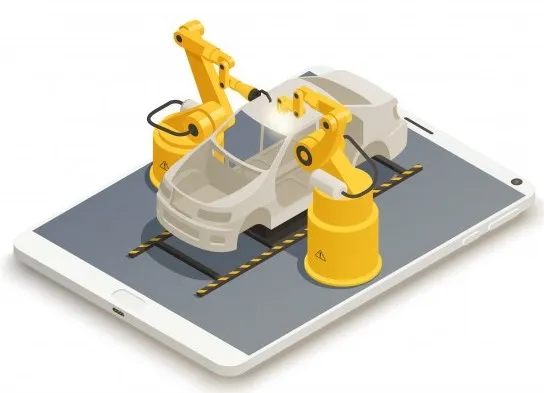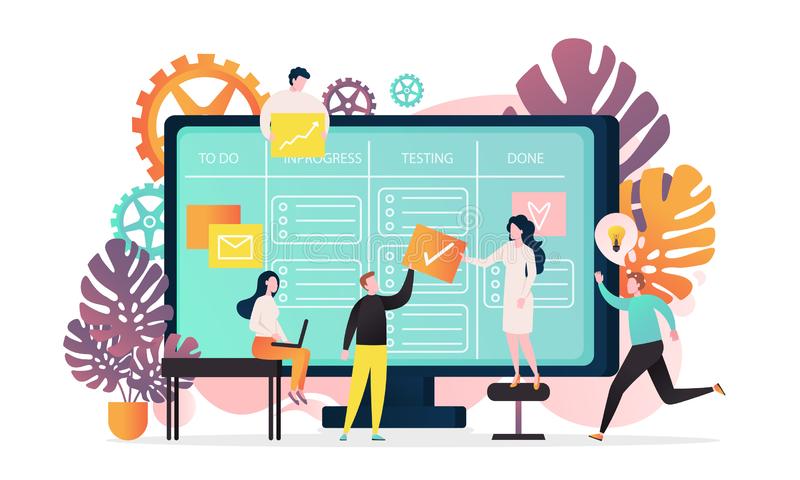The Automotive Industry
Applying Agile methods helps automotive manufacturers stay on top of their market and build high quality products based on market demands. They achieve this through more frequent customer collaboration alongside the project's life cycle. Increase product quality through faster feedback loops and an iterative product development approach.
Looking Ahead
Nowadays, some of the driving factors that are transforming the definition of a vehicle are : in-vehicle network connectivity, autonomous driving, electric cars, ride and car-sharing.
Agile automotive teams must focus on iterating design and requirements specifications to get early feedback from all concerned.

Automotive companies are driven to shorten the production cycle to ensure their innovations are competitive and up-to-date when the new models reach the market. The ability to continuously learn and adapt to changes in the market quickly are becoming critical for automotive companies' survival.
Challenges
The challenges .are magnified with many teams located in distributed areas around the world. In the new era of car manufacturing, it is no wonder we are witnessing more and more often the application of agile's methodologies in the automotive industry
Collaboration
The main principles of design put customer collaboration and faster feedback loops ahead of the list of priorities. Agile companies continuously engage with their customers to gather feedback early in the process and to recognize changing market forces as they emerge.
According to Anne Sandberg, Head of Continuous Improvement & Change at Product Creation, Volvo Cars: “When we were developing the speech functions in the car, we found that we had installed functions that people didn’t use as expected. That was partly embarrassing and partly very educational for us. We saw that we had to change our development approach.”
Having different functional areas collaborating with each is an effective way to manage complexity.
Cross-functional Teams
A cross-functional team structure stimulates collaboration between the team members with different expertise, reduces the number of stages and enhances better communication between members of teams spread across wide geographical regions. Furthermore, the diverse groups are more flexible, thus enabling them to share knowledge and information to solve problems faster.
Kanban
The agile approach enables teams to focus on creating high transparency in the project life cycle. Kanban boards are popular for communicating between lean agile teams ensuring each team is fully informed of plans.
WorkforceAI
WorkforceAI meets the challenge by facilitating the creation and management of multiple teams working collaboratively and remotely on automotive and related projects.
Our process can lower costs and reduce time-to-market while retaining production quality, even in large projects delivering fully operational automotive systems.

Contact Us
Contact us today for a free consult on making your digital initiatives more agile and responsive.
